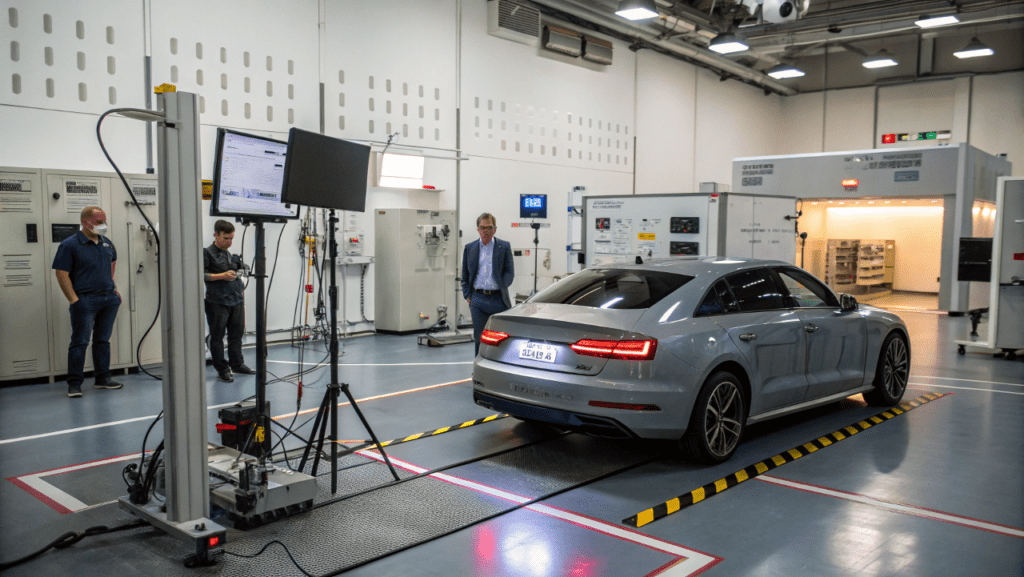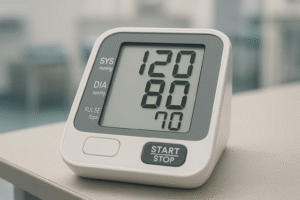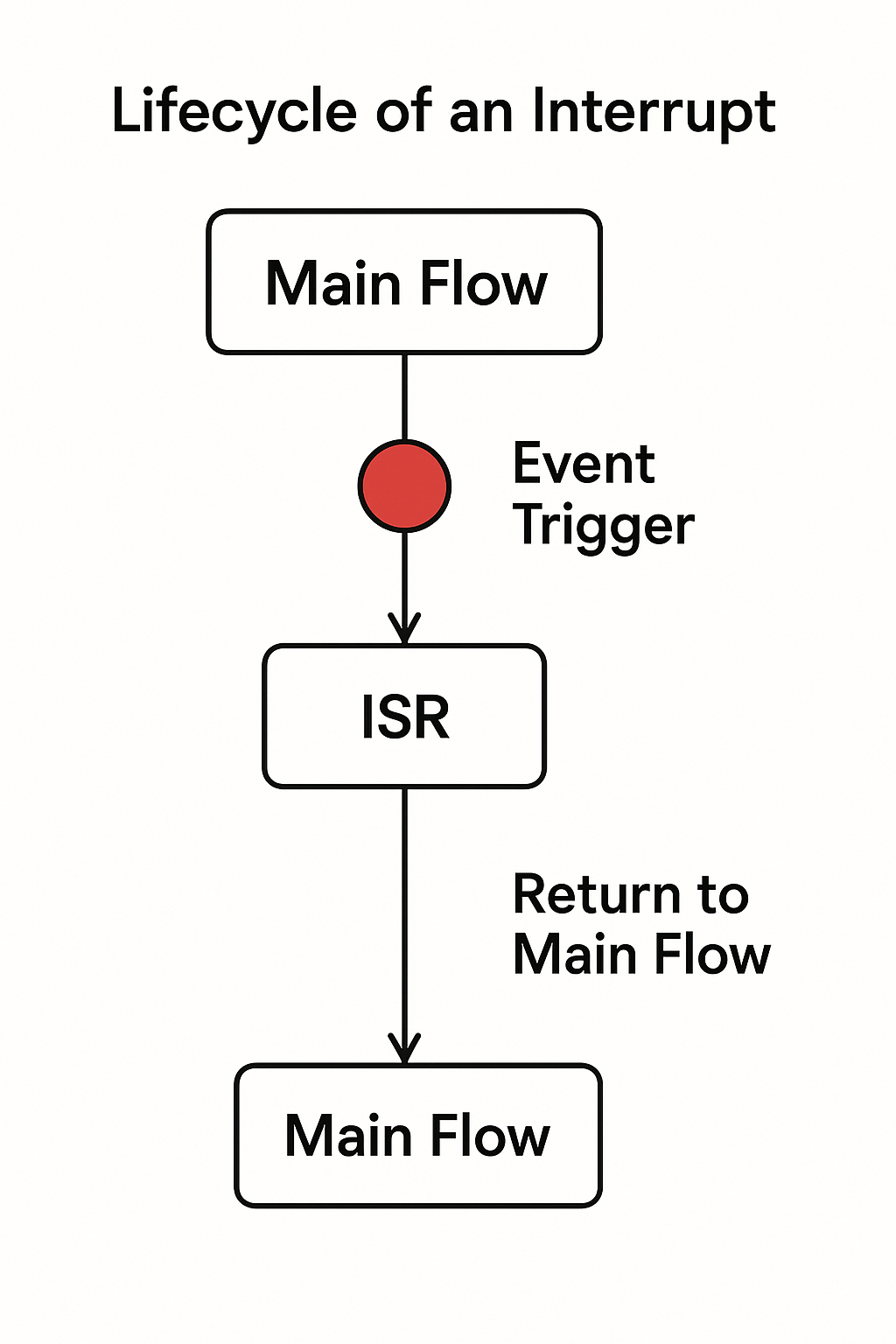
Automotive displays need specialized interface protocols to handle high data throughput, functional safety, and electromagnetic compatibility (EMC) in harsh environments. These protocols also address challenges like wiring complexity, cybersecurity, and integration with advanced vehicle systems.
Data Throughput and Functional Safety:
Automotive-grade protocols such as MIPI A-PHY and VESA eDP/DP ensure reliable transmission of ultra-high-resolution video while meeting ISO 26262 ASIL-D standards for critical applications like instrument clusters and ADAS displays.
Electromagnetic Compatibility and Environmental Durability:
Protocols are designed to withstand high EMI levels, extreme temperature swings, and vibrations, ensuring stable performance across diverse conditions. Advanced shielding techniques reduce interference by up to 18 dB, enabling compliance with CISPR 25 standards.
Integration with Vehicle Systems:
Specialized interfaces simplify wiring harnesses by enabling serial transmission, reducing weight by 30%, and supporting seamless connectivity across infotainment systems, navigation screens, and smart devices.
Why Can't Consumer Interfaces Meet Automotive Display Requirements?
Consumer interfaces lack multi-gigabit bandwidth, automotive safety certifications, and environmental durability required for modern vehicle displays. Automotive protocols like APIX3 and HDBaseT Automotive deliver 12 Gbps data rates while withstanding extreme temperatures and vibrations.
Technical Limitations of Consumer Standards
- HDMI 2.1: Fails at >85°C operating temps (vs. automotive -40°C to 105°C requirements)
- USB4: Lacks ASIL-B safety certification for instrument cluster integration
- Wi-Fi 6: Limited to 3 ms latency vs. automotive-grade <1 ms for ADAS displays
| Requirement | Consumer Interface | Automotive Protocol |
|---|---|---|
| Data Rate | 48 Gbps (HDMI 2.1) | 24 Gbps (APIX4) |
| Error Rate | 1e-9 BER | 1e-15 BER |
| Vibration Tolerance | 5 Grms | 50 Grms |
Automotive-Specific Signal Integrity Solutions
Modern protocols use adaptive equalization to compensate for 15-meter cable runs and shield-drain techniques reducing EMI by 18 dB. Key implementations include:
- Differential pair skew control <5 ps
- Impedance matching within 85-95Ω across 0-100°C
- CRC32 error checking with automatic retransmission
How Do Automotive Protocols Ensure Cybersecurity and Reliability?
Automotive displays require hardware-rooted encryption and EMC hardening absent in consumer standards. Protocols implement MACsec layer security and ISO 21434 compliance for threat detection.
Cybersecurity Features
- Secure key exchange via ECDH-384 every 2 seconds
- Fault-containment zones isolating display subsystems
- Tamper-proof connectors with IP69 dust/water resistance
Environmental Testing Benchmarks
- 85% humidity for 1,000 hours without corrosion
- 50 thermal cycles (-40°C↔105°C) with <0.5 dB loss
- 15 kV ESD protection vs. consumer-grade 8 kV
What Are the Technical Challenges in Automotive Display Integration?

Automotive display integration faces challenges like high bandwidth demands, wiring complexity, and functional safety requirements. Specialized protocols such as MIPI A-PHY and DSI-2 ensure reliable data transmission while meeting automotive-grade environmental and safety standards.
Bandwidth and Data Throughput Solutions
Modern car displays require multi-gigabit connections to support 4K resolution and touch functionalities. Protocols like VESA eDP/DP achieve data rates of up to 18 Gbps, enabling seamless operation for infotainment systems and HUDs. Key features include:
- Adaptive lane equalization for 15-meter cable runs
- Low-latency signal processing (<1 ms) for ADAS applications
| Feature | Standard Implementation | Advanced Implementation |
|---|---|---|
| Max Resolution | 1920×1080 (HD) | 3840×2160 (4K UHD) |
| Data Rate | 6 Gbps | 18 Gbps |
| Latency | <3 ms | <1 ms |
Wiring Complexity Reduction Techniques
Automotive protocols minimize bulky wiring by enabling serial transmission. For example, MIPI A-PHY reduces cable harness weight by up to 30%, simplifying assembly of center consoles and dashboards.
How Do Automotive Displays Ensure Functional Safety and Reliability?
Automotive displays comply with ISO 26262 ASIL-D standards, incorporating error-checking mechanisms like CRC and frame counters. These features ensure reliability in critical applications such as instrument clusters and driver infotainment systems.
Safety Features
- Fault detection algorithms that isolate hardware failures
- Redundant signal paths for uninterrupted operation during errors
Environmental Resilience Benchmarks
Automotive displays are tested for:
- Operation in temperatures ranging from -40°C to 105°C
- Resistance to electromagnetic interference (EMI) in high-noise environments
How Do Specialized Interface Protocols Support Automotive Displays?
Specialized protocols like MIPI A-PHY, VESA eDP/DP, and Protocol Adaptation Layers (PALs) enable seamless integration of high-resolution car displays, infotainment systems, and in-car entertainment systems. These standards ensure long-reach connectivity, functional safety, and high-speed data transmission.
Key Features of MIPI A-PHY and Automotive SerDes Solutions (MASS)
- Ultra-low packet error rate: 10−19 over a vehicle’s lifetime
- 15-meter reach: Supports asymmetric SerDes links for cameras, sensors, and displays
- Built-in functional safety: Meets ISO 26262 ASIL-D requirements
| Feature | MIPI A-PHY v2.0 Implementation | MASS Framework Benefits |
|---|---|---|
| Max Data Rate | 32 Gbps | End-to-end connectivity |
| Noise Immunity | High EMI resistance | Reliable signal integrity |
| Latency | Ultra-low (<1 ms) | Seamless ADAS integration |
Advantages of VESA DisplayPort Automotive Extensions
VESA’s automotive extensions provide secure, high-bandwidth connectivity for advanced infotainment and driver-assistance systems. Key innovations include:
- HDR support for enhanced visual clarity
- Daisy-chaining capabilities to drive multiple displays from a single source
What Role Do Protocol Adaptation Layers Play in Automotive Connectivity?
Protocol Adaptation Layers (PALs) bridge standard protocols like MIPI CSI-2 and DSI-2 with automotive-specific physical layers, ensuring interoperability across car infotainment systems and navigation screens.
Technical Contributions of PALs
- Mapping higher-layer protocols to A-PHY’s A-Packet format for seamless data transmission
- Standardized command sets (e.g., MIPI CCS/DCS) for consistent integration across components
- Enhanced EMI immunity through optimized signal routing
PALs simplify the integration of future protocol innovations while maintaining compatibility with existing automotive systems.
What Are the System-Level Integration Challenges in Automotive Infotainment?

Automotive infotainment systems face challenges in integrating multiple displays, vendor components, and emerging technologies while maintaining a unified user experience. Standardized protocols and scalable architectures are critical to overcoming these interoperability and scalability hurdles.
Integration with Infotainment and In-Car Systems
Modern cars coordinate car tablets, dashboard screens, and infotainment monitors to deliver a seamless experience. Specialized interfaces like MIPI A-PHY ensure synchronized operation across diverse components by:
- Enabling low-latency data sharing between displays and control units
- Supporting multi-display setups with daisy-chain configurations
Wiring Simplification Benefits
Serial transmission protocols reduce wiring complexity, lowering weight by up to 30%, which improves assembly efficiency for vehicle center consoles.
How Do Automotive Systems Overcome Consumer-Grade Limitations?
Consumer interfaces like HDMI or USB lack the reliability and performance needed for automotive environments. Automotive-specific standards ensure:
- High EMI resistance for stable signal quality in noisy environments
- Compliance with ISO 26262 ASIL-D safety requirements for critical displays
| Feature | Consumer Interfaces | Automotive Standards |
|---|---|---|
| Error Tolerance | Moderate | Ultra-low BER |
| Latency | >3 ms | <1 ms |
How Can Infotainment Systems Address Future Scalability?
Emerging technologies like autonomous driving and connected ecosystems demand scalable infotainment architectures. Automotive systems now focus on:
- Supporting over-the-air updates for feature upgrades without hardware changes
- Enhancing energy efficiency through dynamic power management, reducing standby consumption to 0.8W
How Are Automotive Display Protocols Evolving to Address Fragmentation and Scalability?
Automotive display protocols face challenges with fragmentation due to competing standards like MIPI, VESA, and proprietary systems. Industry-wide efforts are focusing on standardization to improve interoperability, reduce vendor lock-in, and support scalable solutions for connected and autonomous vehicles.
Standardization Efforts in Automotive Protocols
- MIPI A-PHY integrates long-reach SerDes links with functional safety features, enabling seamless connectivity across displays, cameras, and sensors.
- VESA eDP/DP extensions provide high-bandwidth video transmission for large screens while supporting compression methods like DSC and VDC-M for efficient data handling.
| Protocol | Key Features | Applications |
|---|---|---|
| MIPI A-PHY | 15-meter reach, ASIL-D compliance | Instrument clusters, ADAS |
| VESA eDP/DP | HDR support, low latency | HUDs, infotainment systems |
How Are Functional Safety and Cybersecurity Challenges Being Addressed?
Future automotive displays are implementing advanced functional safety mechanisms and cybersecurity measures to counter emerging threats. These include:
- Hardware-rooted encryption for secure boot processes
- Real-time error detection algorithms ensuring uninterrupted operation in critical systems
Cybersecurity Innovations
- Biometric authentication prevents unauthorized access to infotainment systems.
- Multi-layer encryption protocols, such as AES-256, safeguard vehicle-to-everything (V2X) communication from interception or manipulation.
What Role Do Displays Play in Autonomous and Connected Vehicles?
High-performance automotive displays are essential for autonomous systems equipped with ADAS. They enhance driver awareness through:
- AR HUDs, which overlay navigation prompts and hazard warnings directly onto the windshield.
- Integration of smart device ecosystems, allowing seamless interaction between vehicle controls and external devices.
How Can Cost Optimization and Sustainability Be Achieved in Automotive Displays?
Automakers are adopting strategies like:
- Using recycled materials, such as bio-based plastics, to reduce environmental impact.
- Implementing energy-efficient OLED panels, which lower power consumption by up to 30%.
Economic Benefits of Standardized Displays
Standardized display modules reduce production costs by enabling component sharing across multiple vehicle models. For instance:
- Eliminating physical switches in favor of touchscreen controls has saved manufacturers millions in assembly costs over large-scale production runs.
Related Articles:
How Are Embedded LCDs Used in Human-Machine Interfaces (HMIs) for Industrial Control Systems?
How Are M12 Connectors Used in Industrial Display Interfaces?
How Are Real-Time Process Parameters Visualized on Industrial LCD Panels?
FAQ
What are the key differences between consumer and automotive-grade display interfaces?
Automotive-grade interfaces like APIX3 and HDBaseT Automotive offer higher data rates (up to 12 Gbps), better environmental durability (-40°C to 105°C), and stricter safety certifications (ASIL-B/D) compared to consumer interfaces like HDMI or USB.
How do automotive display protocols address cybersecurity concerns?
Automotive display protocols implement hardware-rooted encryption, MACsec layer security, and ISO 21434 compliance. They also feature secure key exchange mechanisms and fault-containment zones to isolate display subsystems from potential threats.
What challenges do carmakers face when integrating infotainment systems across different vehicle models?
Carmakers struggle with cross-platform compatibility due to diverse operating systems, custom hardware, and varied screen sizes. This fragmentation often requires redesigning entertainment features for different models, increasing development costs and time-to-market.
How are automotive display protocols evolving to support autonomous and connected vehicles?
Protocols are adapting to support higher bandwidth for AR HUDs, multi-display setups, and integration with ADAS. They’re also focusing on ultra-low latency (<1 ms) and enhanced reliability to meet the demands of autonomous driving systems.
What sustainability measures are being implemented in automotive display technologies?
Automakers are adopting energy-efficient OLED panels, which can reduce power consumption by up to 30%. They’re also using recycled materials like bio-based plastics in display components to minimize environmental impact.






